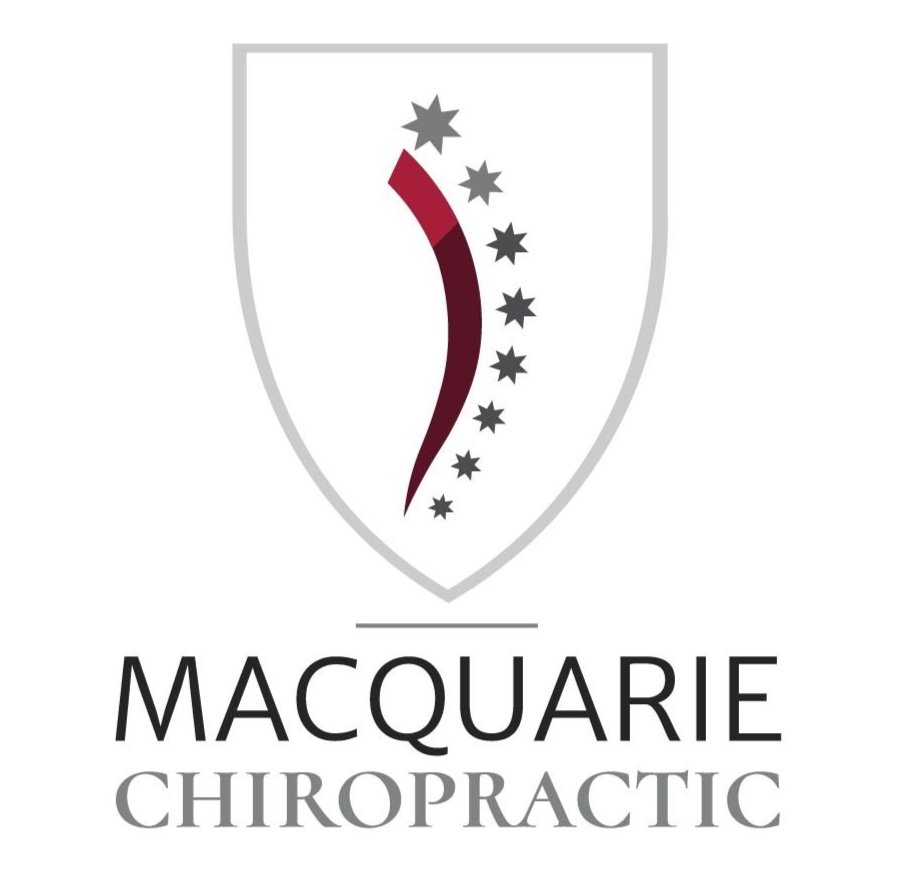Do Chiropractic Adjustments Hurt? What That Popping Sound Really Means
By Dr Disney Seow | Macquarie Chiropractic Singapore
1. What’s That Popping Sound?
Most first-timers ask, “Doctor, when you adjust, that pop — is that my bones cracking?”
It’s not. The sound comes from tiny gas bubbles in the fluid that lubricates your spinal joints. When a stiff joint finally moves, pressure changes and those bubbles escape — a process called cavitation.
Think of that gentle fizz when you open a can of sparkling water after it’s been sitting for a while. The pressure equalises, the gas releases, and everything settles.
That’s what happens inside your spine. It’s normal, safe, and often brings an instant sense of lightness. Some people hear it, others don’t — both are perfectly fine. The goal isn’t the noise; it’s restoring smooth movement.
2. If I Can Crack My Own Neck or Back, Is That Enough?
After long hours at the laptop, many people stretch until they hear a “click” and think, ah, that’s better.
The relief is real — but temporary. When you self-crack, you’re usually moving the loose joints around a stiff area. The tight spot that’s causing tension often stays locked.
One of my patients told me, “I can always twist till I hear something.” When we checked, the joints doing all the moving weren’t the ones creating his discomfort. After a few targeted adjustments, he realised he no longer needed to twist his neck — it simply stayed comfortable.
That’s the difference between random motion and precise correction. Chiropractic adjustments are designed to restore motion where it’s missing, not where it’s already excessive.
3. What Happens If I Keep Doing My Own Popping?
If you twist your neck or back several times a day, your body starts depending on that quick release to feel normal — a bit like needing coffee to “wake up” instead of feeling naturally alert.
Over time, the flexible joints become too flexible while the stiff ones stay stuck. The muscles around them tighten to protect the area, leaving you sore or fatigued by evening.
I once treated a patient who said she couldn’t focus during meetings unless she cracked her back every hour. When we examined her, the middle of her spine was hypermobile while the upper section barely moved. Her body was chasing relief instead of regaining balance.
Gentle stretching is healthy. But repeated self-cracking trains your body to rely on short-term fixes. Chiropractic care restores natural motion so your spine can hold itself comfortably again.
4. Why After Chiropractic I Can No Longer Crack It Myself
Many patients return after a few sessions and say, “Doctor, I can’t crack my back anymore — did something jam up?”
That’s actually a good sign. Once the stiff joints start moving properly, the uneven pressure that used to build up is gone. There’s no longer a need for those forced releases.
It’s like your office chair after you oil the wheels — it just glides quietly.
When your spine is balanced, it functions efficiently and silently. That’s what healthy alignment feels like: calm, steady, and effortless.
5. Curious to Go Deeper?
Some patients ask even more interesting questions:
“If adjustments feel so good, can they become addictive?”
“Why do some people need maintenance care while others don’t?”
Those are questions about how your body adapts over time — how the spine learns new movement patterns and how lifestyle plays a part. Every body is different, and that’s what we love helping you discover.
If you’ve been wondering what your own spine is doing — whether that urge to stretch, twist, or crack means something — book a Posture Clarity Session at Macquarie Chiropractic.
We’ll show you what’s moving, what’s not, and how to keep your spine working smoothly despite long desk hours, back-to-back calls, and Singapore’s fast daily pace.

